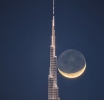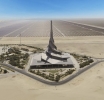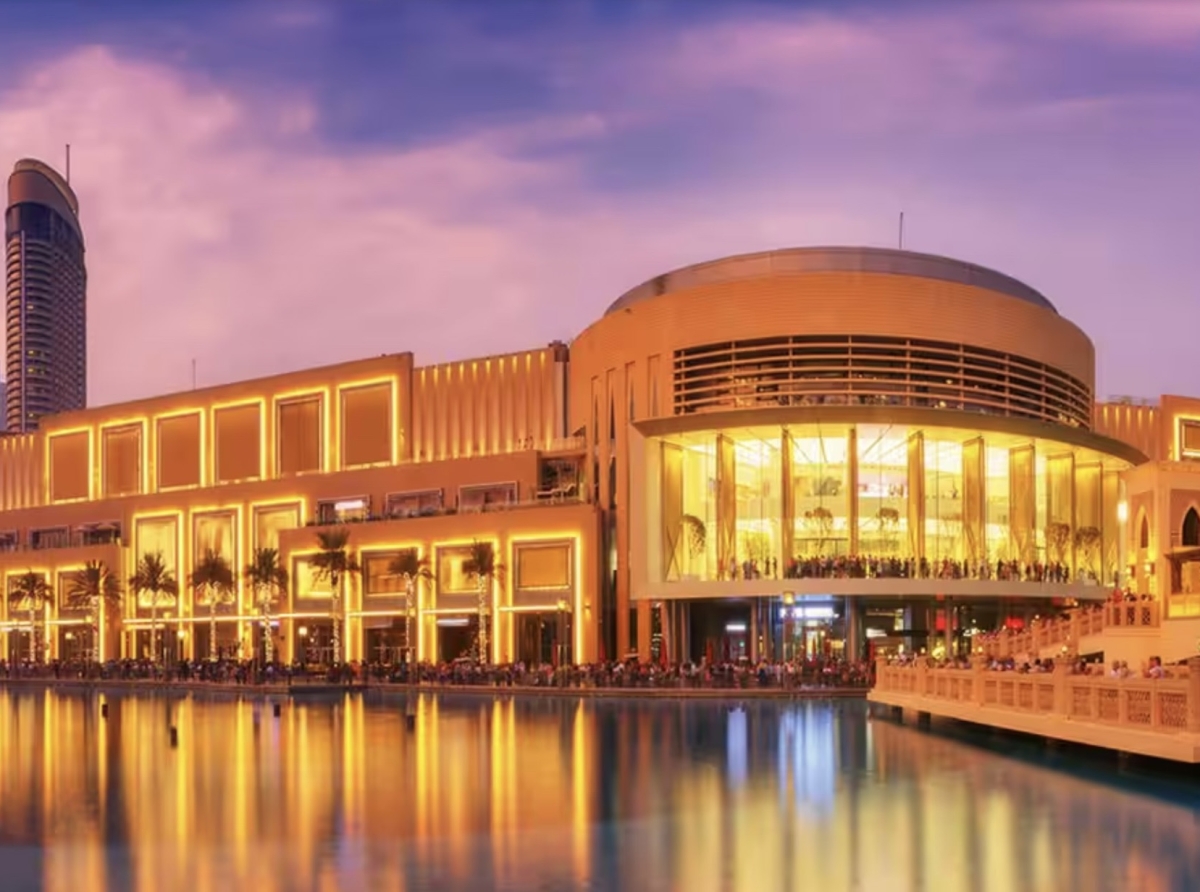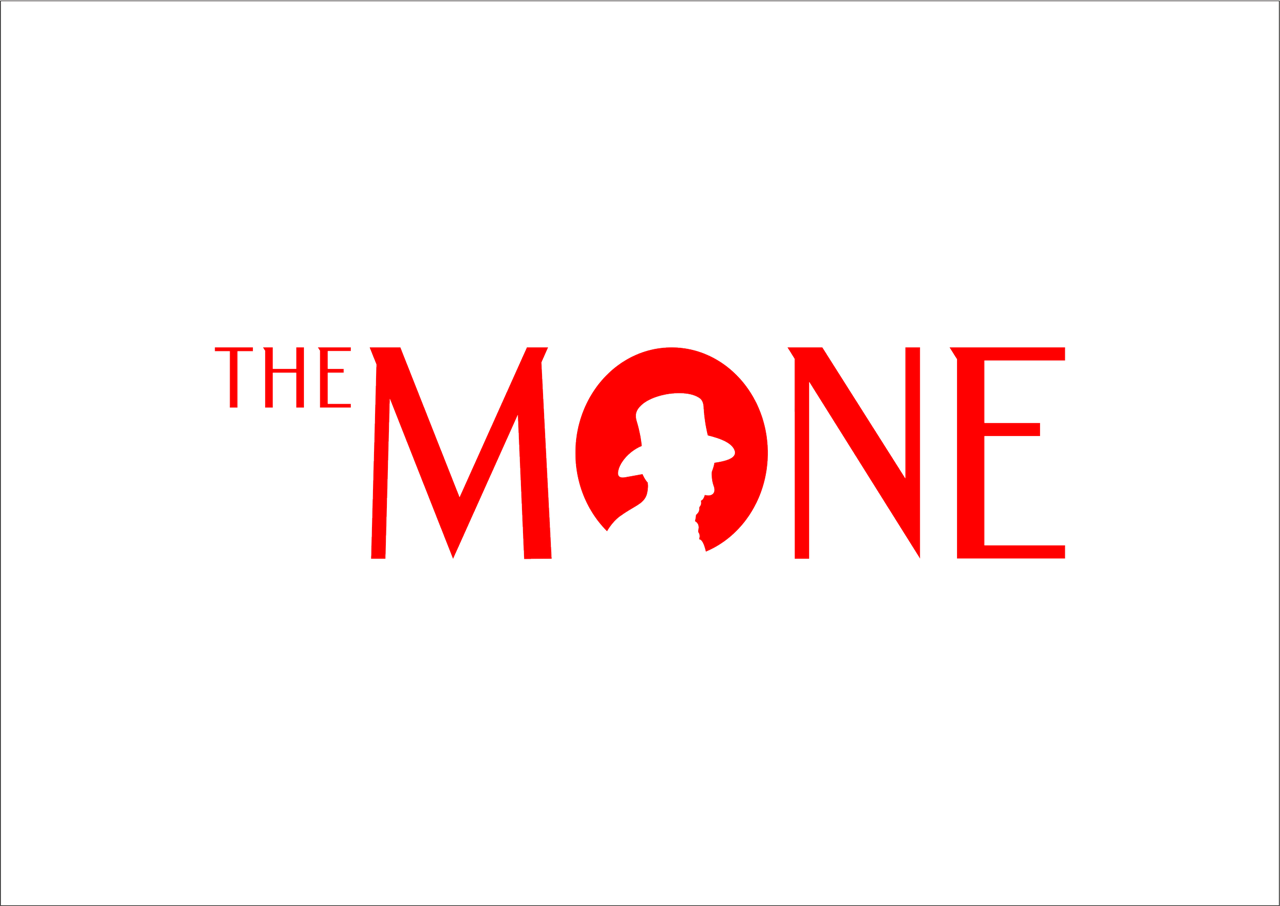In Dubai, where scale is a statement and extravagance a norm, the Dubai Mall stands as a colossus of commerce and culture. Opened in 2008, this sprawling complex, covering 1.1 million square meters, is among the largest shopping centers on Earth—a labyrinth of aspiration that draws over 105 million visitors annually, a figure reported by its operator, Emaar Properties, for 2024. More than a mall, it is a microcosm of Dubai itself: a place where luxury meets accessibility, where the global converges with the local, and where shopping is merely the prelude to spectacle.
With over 1,200 stores, the Dubai Mall caters to every whim. High-end boutiques from Chanel to Rolex line its gleaming corridors, their displays a siren call to the world’s elite. Yet, the mall’s appeal transcends wealth, offering mid-range brands and local retailers that draw families, tourists, and residents alike. Its diversity reflects Dubai’s cosmopolitan ethos, a city where 200 nationalities coexist. To wander its halls is to hear a symphony of languages, from Arabic to Mandarin, as shoppers navigate a space that feels both universal and distinctly Emirati.
The mall’s true genius lies in its refusal to be just a retail hub. The Dubai Aquarium, a cavernous tank holding 10 million liters of water, teems with over 33,000 marine creatures—sharks, rays, and schools of iridescent fish—that captivate visitors as they pass beneath a transparent tunnel. Nearby, an Olympic-sized ice rink hosts skaters under a glittering chandelier, while a 24-screen cinema offers cinematic escapes. Outside, the Dubai Fountain performs nightly, its water jets choreographed to music ranging from classical to Arabic pop, drawing crowds who linger by the Burj Khalifa’s shadow. These attractions, woven seamlessly into the mall’s fabric, transform shopping into an event, a destination where commerce and wonder intertwine.
In 2024, the mall’s record-breaking visitor numbers—surpassing 105 million—cemented its status as a global retail and entertainment titan. This surge, fueled by Dubai’s post-pandemic tourism boom, underscores its role as a barometer of the city’s economic vitality. Yet, the mall’s success also raises questions about consumption and sustainability in a region dependent on air-conditioned escapes from desert heat. Its vast energy demands, from cooling systems to fountain pumps, are a reminder of the environmental trade-offs that accompany Dubai’s grandeur.
To visit the Dubai Mall is to witness a city’s ambition in motion. It is a place where the act of buying a handbag or watching a fountain’s dance becomes a shared ritual, uniting strangers in awe. In a world of fleeting trends, the mall endures as a testament to Dubai’s knack for turning commerce into communion—a paradise not just for shoppers, but for dreamers of every stripe.
Photo credits: Visit Dubai.
Alexander Agafiev Macambira
Alexander Agafiev Macambira is former tech contributing writer for Forbes Monaco.









